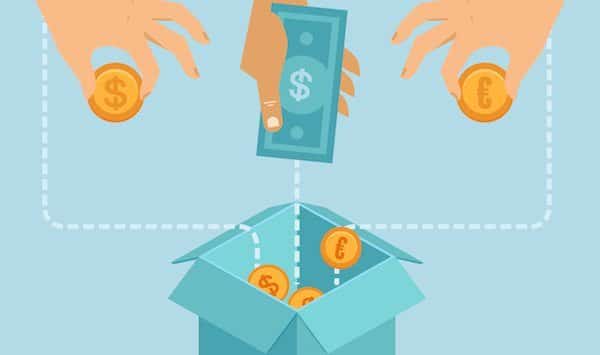Marketing
Discounting 101: Acquiring New Customers
June 2, 2015

Discounting 101 is a series on all-things discounting strategy, based on the ebook, “The Ultimate Guide to Discounts” available for download now.
Everyone loves a new customer. She’s a promising blank slate, with no prior experience with your brand and no expectations that you’re going to cut prices constantly. That means there’s an opportunity to establish a sound discount strategy and to try out new approaches to discounting.
As we discussed in the previous post, discounting falls into two main categories – consumer driven and market-driven – and there are numerous variations on the theme. Discounts can be an important part of your strategy in the care and feeding of existing customers – possibly your most important resource, considering the high costs of acquiring new customers. But a good discounting strategy can also make a huge difference in how successful you are at engaging new customers, who are disproportionately likely to drop off the map and opt out of communications. A well-constructed discount strategy, based on data and testing, can spur early purchasing and strengthen that all-important bond.
Use Segmentation to Test Response
How can you achieve success with new customers? We suggest monitoring the downstream impact of your discounts by dividing new customers into different groups or cohorts. So, let’s say Segment A gets no incentive whatsoever. Then, Segment B gets a 10 percent discount, and C gets 20% off. Segment D might get an entirely different incentive – say, free shipping – while Segment E gets a fixed dollar amount off the purchase.
By deploying the different discount models within, say, the third email in the welcome series, you can see how the different cohorts stack up: What was their average order value and purchase frequency over time?
Build Your Strategy on Data-Based Insights
We recommend running a test for at least six months, but some clients have run their tests over periods as long as 24 months and are gleaning valuable insights from their experiments. For instance, did the group with the discount continue to shop only when price breaks were offered? Did they purchase more frequently than the other groups? Can you get the same bang for your buck by offering a 10 percent discount, or does upping that number to 20 percent make a real difference? When do short-term spurts in channel revenue translate into increasing the lifetime value of that customer?
You’ll want to test the timing of the first discount, comparing the long-term value of customers who get that first offer in a welcome email against those who get the discount later. That way, you can see what strategy makes the most sense – which type of discount to use and when.
Testing out various discount strategies on a small but statistically significant slice of your customer base lets you refine that approach while you keep plugging away on your short-term goals. Use the same methodology to test out the long list of consumer-driven and market-driven scenarios, and you’ll be well on your way to discovering the soundest approaches – those that don’t hurt the lifetime value of those precious new customers.
Next, we’ll look at how personalization can improve the quality of your discounts and their impact on your bottom line.
—Steve Wood, Optimization Analyst at Sailthru
The State of Brand Loyalty in the U.S. in 2023
Related



